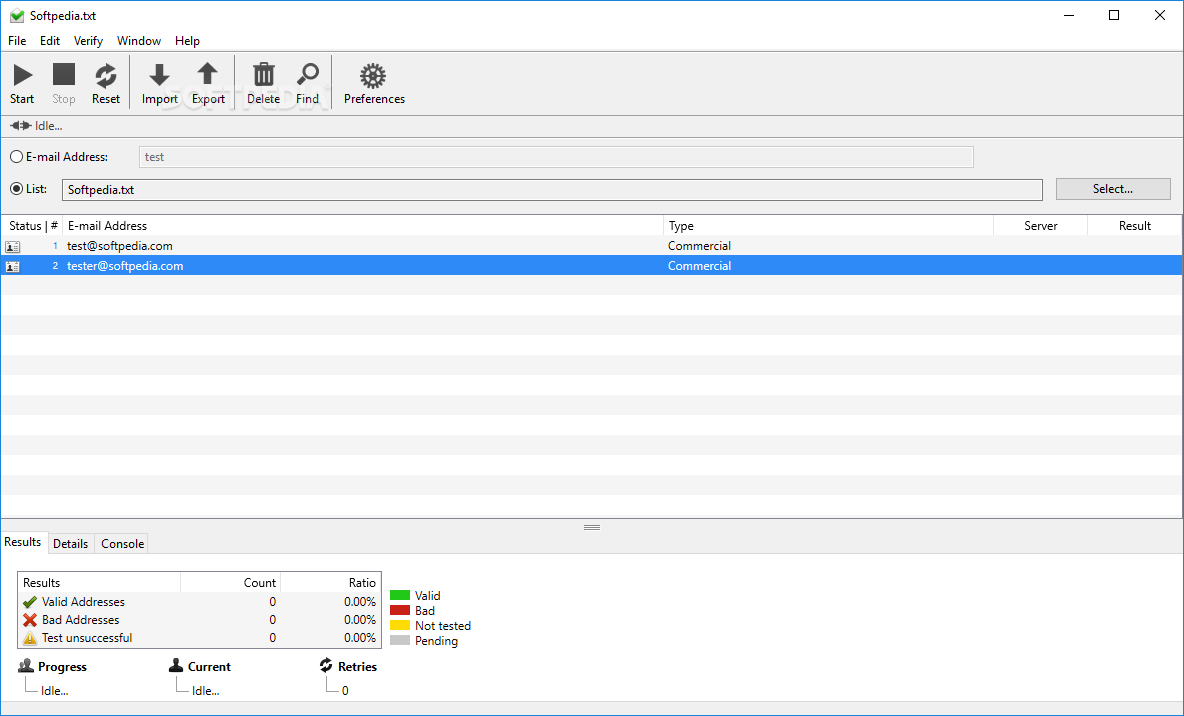

The format of an email address is where the local part may be up to 64 octets long and the domain may have a maximum of 255 octets. This has led to several initiatives which aim to make such forgeries of fraudulent emails easier to spot. While envelope and header addresses may be equal, forged email addresses - also called spoofed email addresses - are often seen in spam, phishing, and many other Internet-based scams. An email message also contains a message envelope that contains the information for mail routing. The addresses found in the header fields of an email message are not directly used by mail exchanges to deliver the message. Email aliases, electronic mailing lists, sub-addressing, and catch-all addresses, the latter being mailboxes that receive messages regardless of the local part, are common patterns for achieving a variety of delivery goals. Conversely, a single email address may be the alias to a distribution list to many mailboxes. A single mailbox may receive mail for multiple email addresses, if configured by the administrator. Email senders and intermediate relay systems must not assume it to be case-insensitive, since the final mailbox host may or may not treat it as such. The local part of an email address has no significance for intermediate mail relay systems other than the final mailbox host. In absence of an MX record, an address record ( A or AAAA) directly specifies the mail host.

A mail exchanger resource record ( MX record) contains the name of the recipient's mailserver. When transmitting email messages, mail user agents (MUAs) and mail transfer agents (MTAs) use the domain name system (DNS) to look up a Resource Record (RR) for the recipient's domain.

The mailboxes may be accessed and managed by applications on personal computers, mobile devices or webmail sites, using the SMTP protocol and either the Post Office Protocol (POP) or the Internet Message Access Protocol (IMAP). The transmission of electronic mail from the author's computer and between mail hosts in the Internet uses the Simple Mail Transfer Protocol (SMTP), defined in RFC 53, and extensions such as RFC 6531. The SMTP client transmits the message to the mail exchange, which may forward it to another mail exchange until it eventually arrives at the host of the recipient's mail system. The general format of an email address is domain, e.g. With the introduction of internationalized domain names, efforts are progressing to permit non-ASCII characters in email addresses.Īn email address consists of two parts, a local part and a domain if the domain is a domain name rather than an IP address then the SMTP client uses the domain name to look up the mail exchange IP address. Mail systems often limit the users' choice of name to a subset of the technically permitted characters. It also urges that receiving hosts deliver messages in a case-independent manner, Į.g., that the mail system in the domain treat John.Smith as equivalent to john.smith some mail systems even treat them as equivalent to johnsmith. Although the standard requires the local part to be case-sensitive, The term email address in this article refers to addr-spec in RFC 5322, not to address or mailbox i.e., a raw address without a display-name.Īn email address, such as is made up from a local-part, the symbol and a domain, which may be a domain name or an IP address enclosed in brackets. While early messaging systems used a variety of formats for addressing, today, email addresses follow a set of specific rules originally standardized by the Internet Engineering Task Force (IETF) in the 1980s, and updated by RFC 53. Identifier of the destination where email messages are deliveredĪn email address identifies an email box to which messages are delivered.


 0 kommentar(er)
0 kommentar(er)
